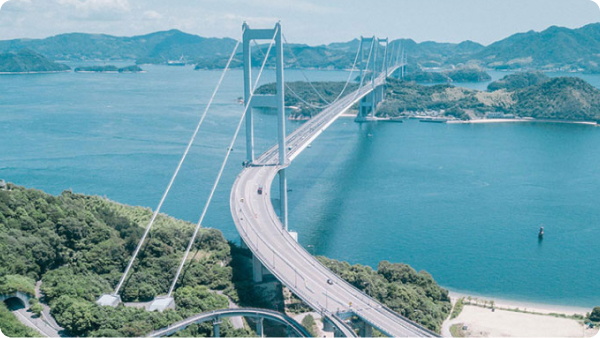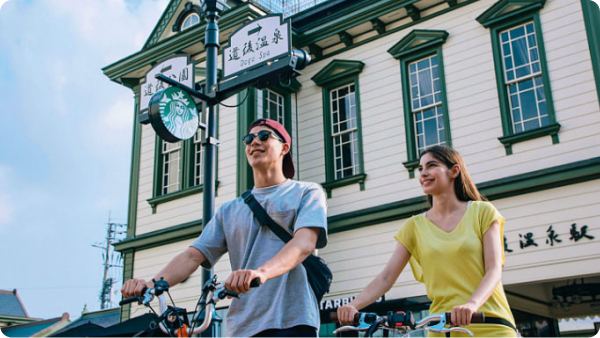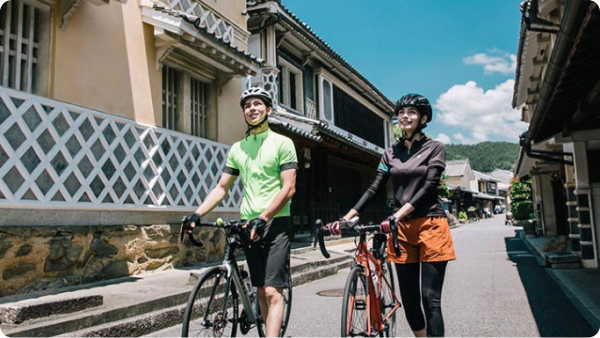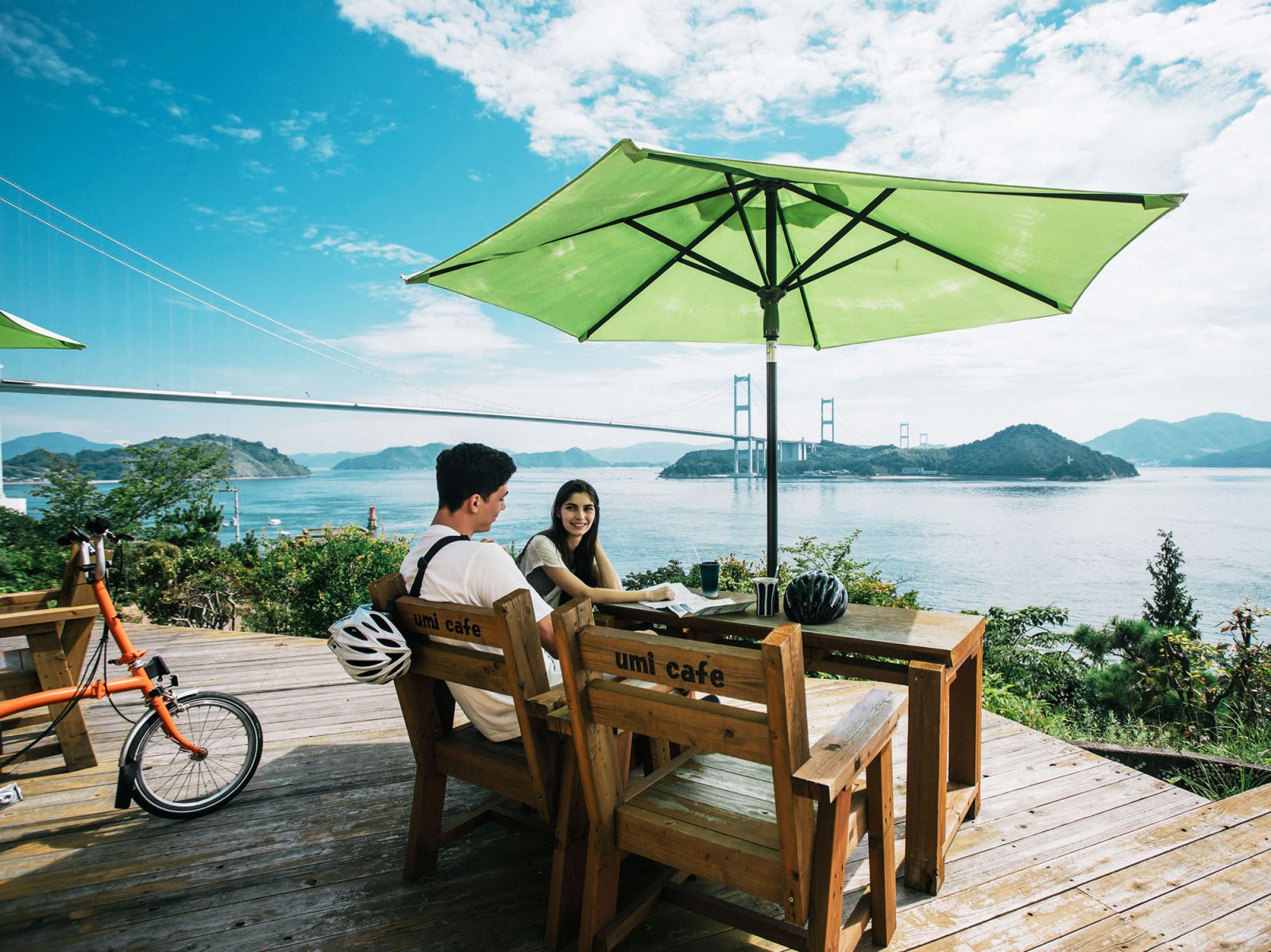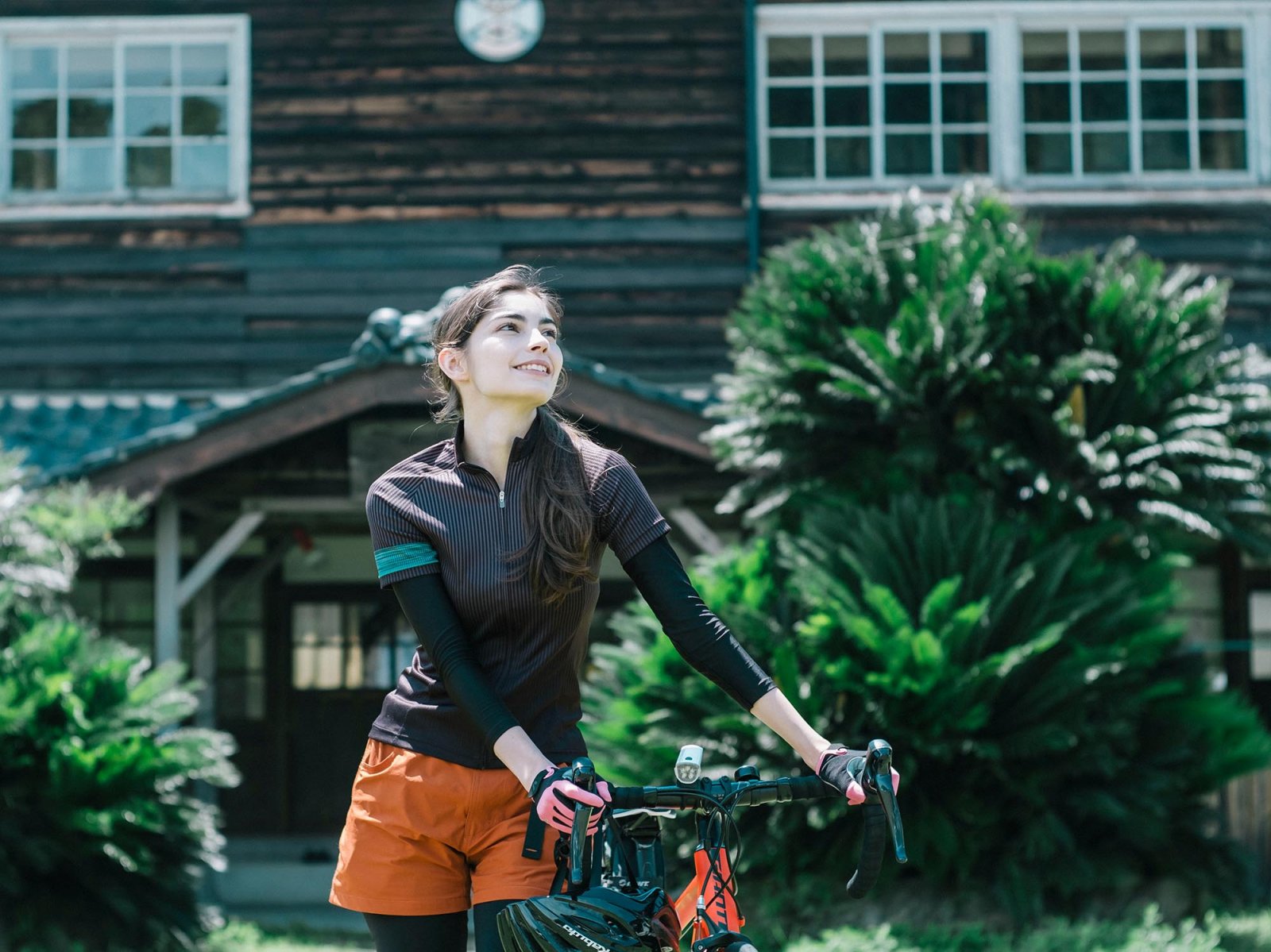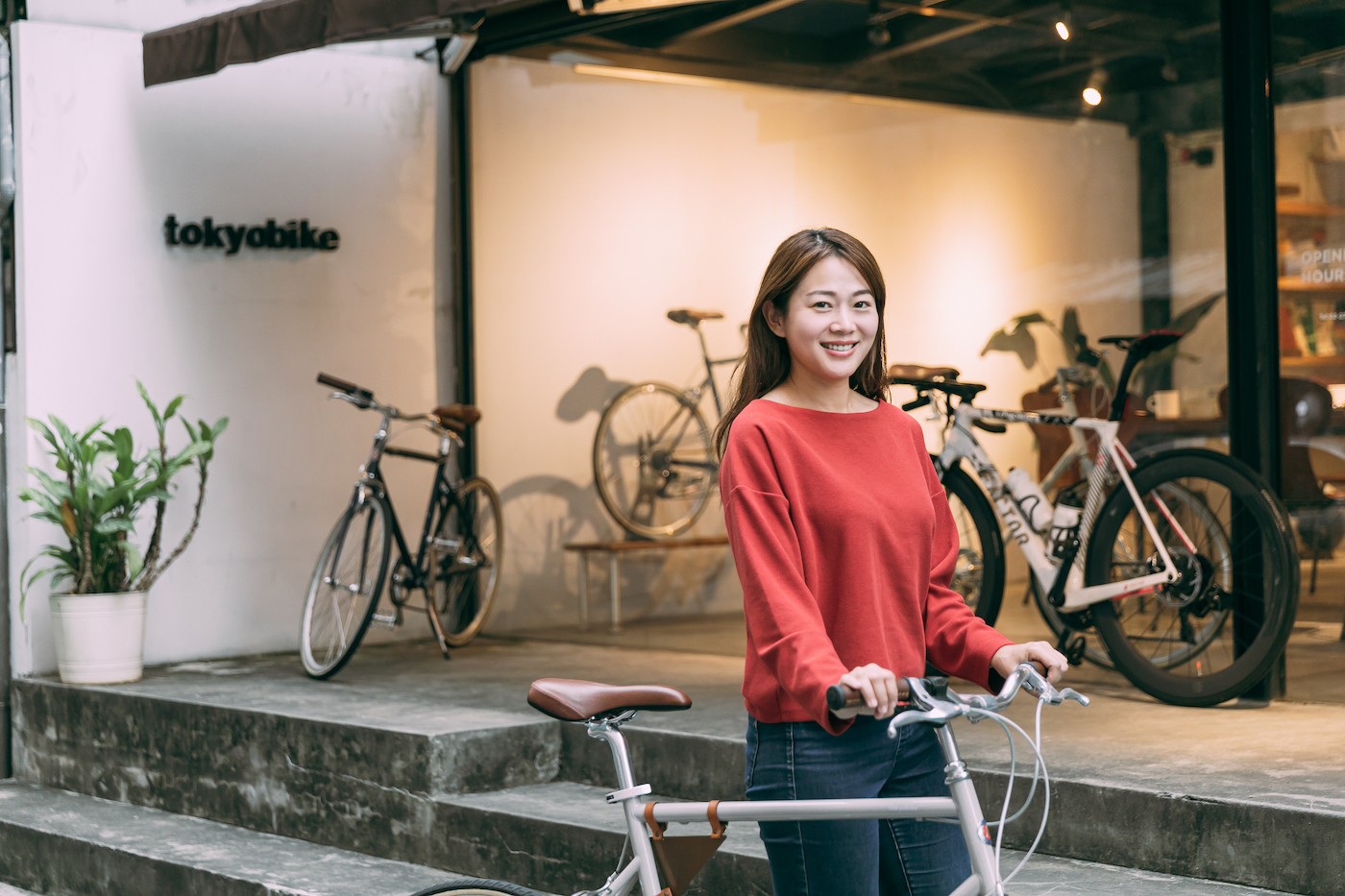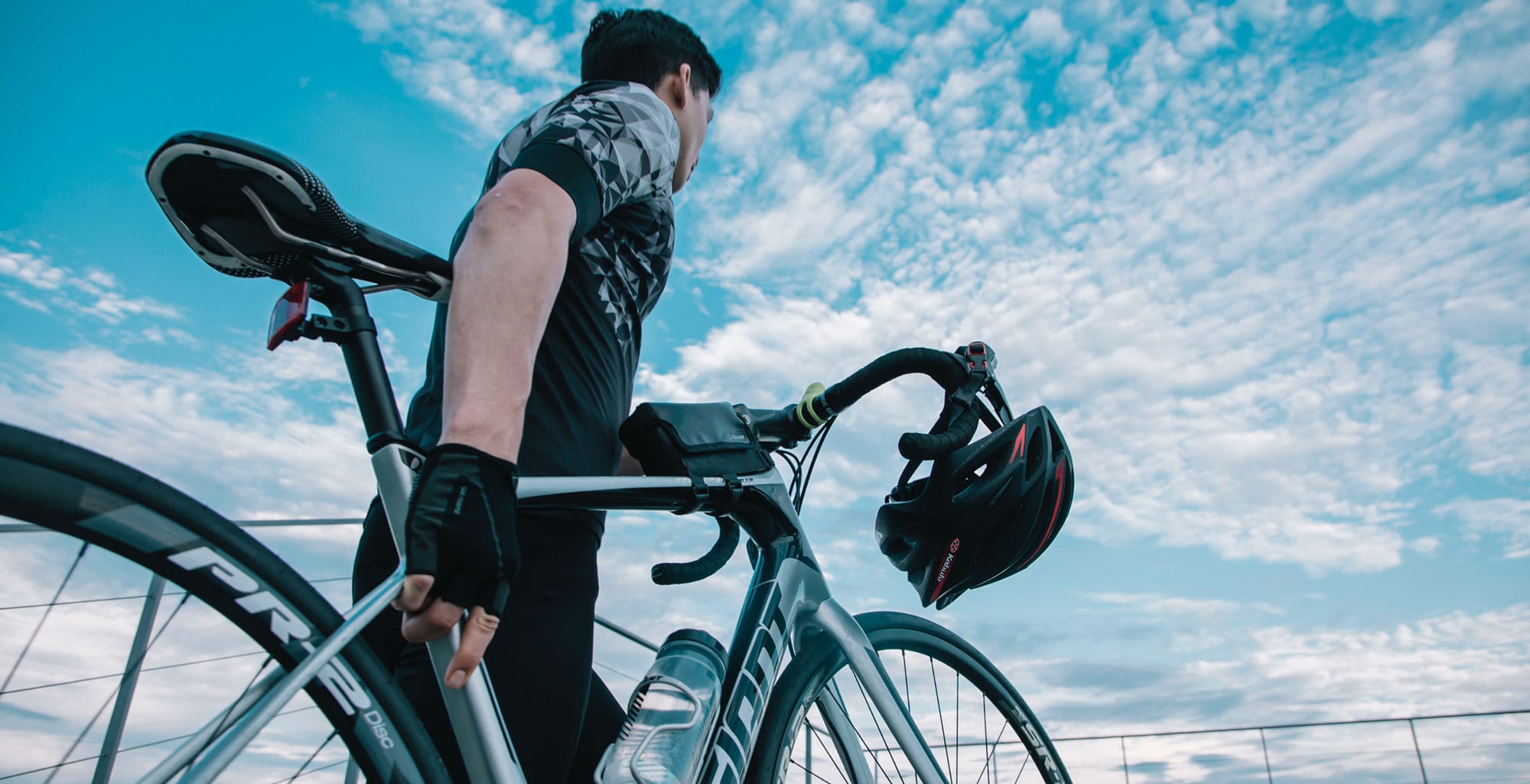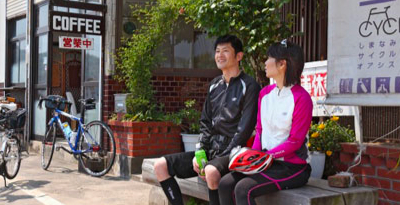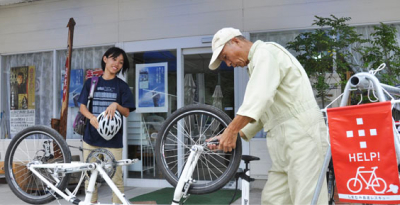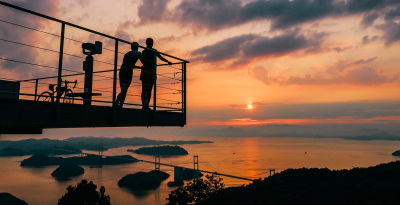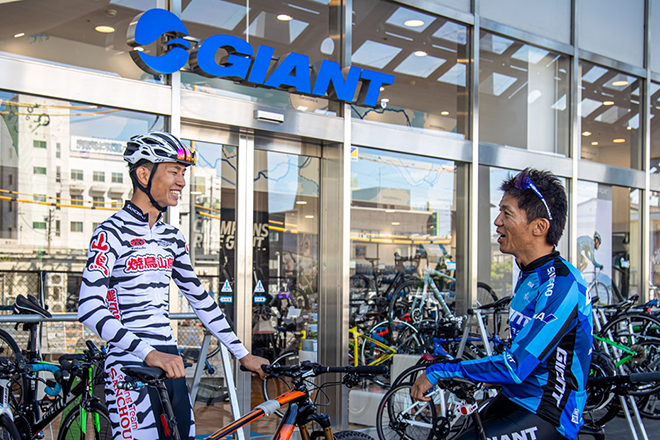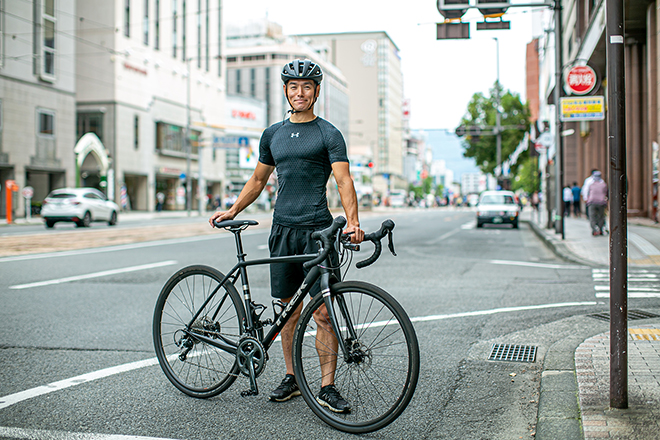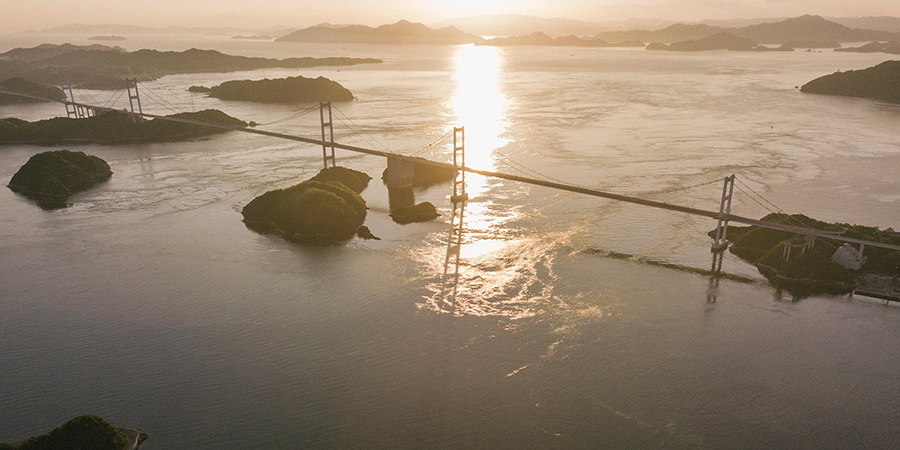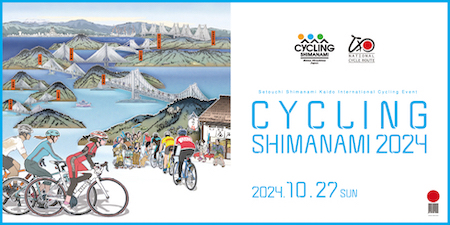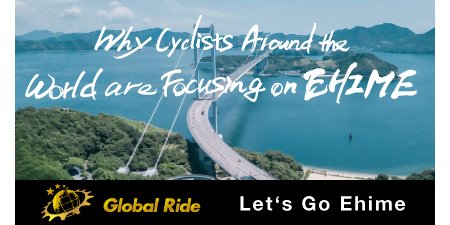We ask an American cyclist about scenic cycling routes besides the Shimanami Kaido
We ask an American cyclist about scenic cycling routes besides the Shimanami Kaido
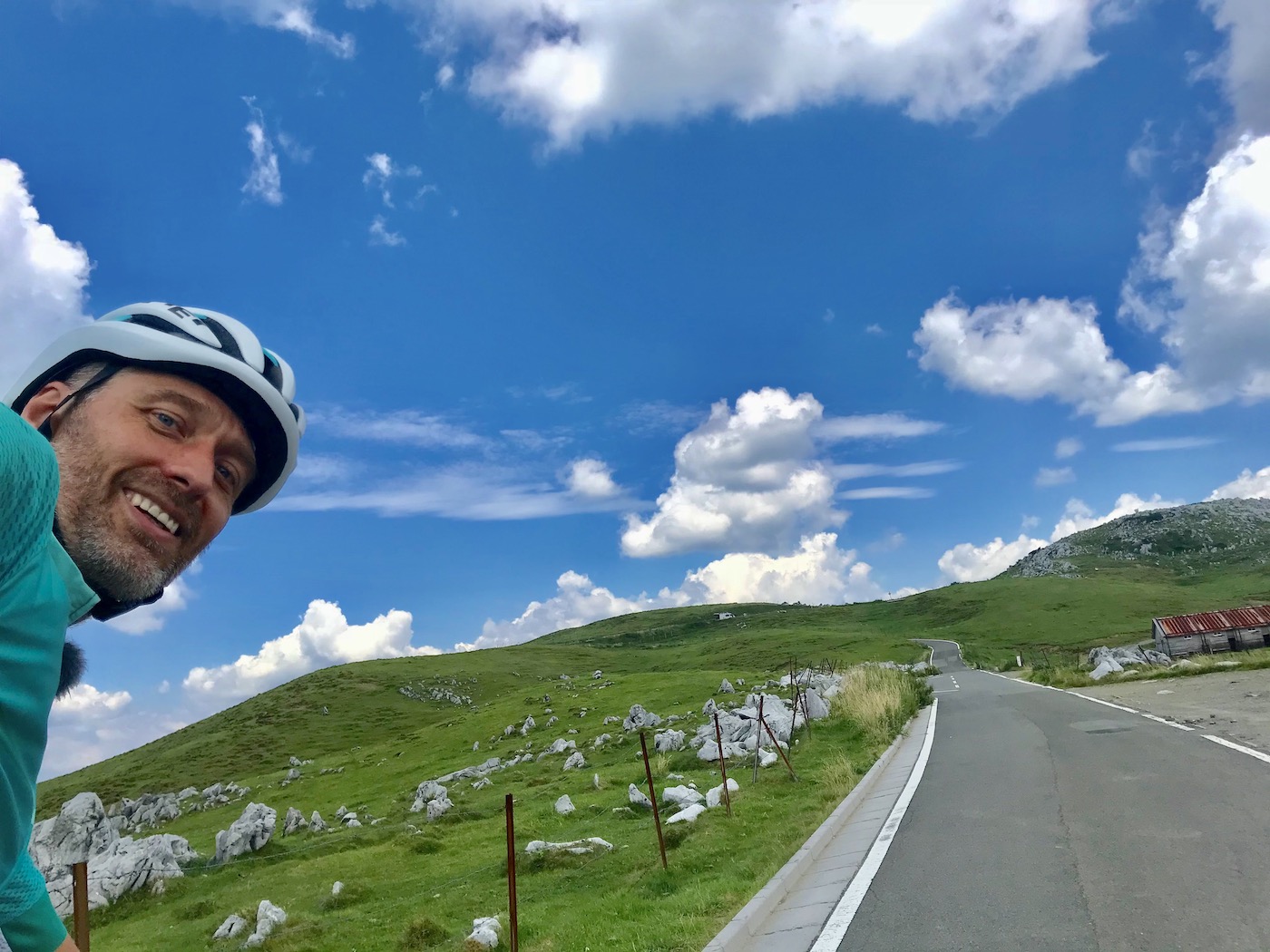
Ehime Prefecture is home to the Shimanami Kaido, one of the “Seven Best Bike Routes in the World” selected by America’s CNN travel information website. However, Michael Rice, a professional cyclist living in Japan, tells us the cycling routes worth traveling in Ehime Prefecture don’t stop there.
Michael is a cyclist who rides everything from road bikes to mountain bikes (MTB). He works as the spokesperson for CHAPTER2, a New Zealand road bike brand. He’s traveled all around Japan by bicycle and has a wealth of cycling experience. In addition to picturesque spots in Ehime Prefecture besides the Shimanami Kaido, he gave us advice on roads that provide experiences unique to Japan and tips for cyclists who come from abroad to Japan for a cycling trip.
Ehime Prefecture—a pilgrimage destination that is friendly to travelers
– You’ve cycled in various areas throughout Japan, so can you tell us what you think of Ehime Prefecture?
Michael: Of course, the Shimanami Kaido is a wonderful cycling route, but beyond that, the friendliness of the people has made an impression on me. Ehime Prefecture is located in Shikoku where there has been a culture of pilgrimage since approx. 1,200 years ago when people traveled on foot to achieve goals such as completing the Shikoku pilgrimage of 88 temples. That’s why I think kindness to travelers has long been a part of the local character.
The first time I visited Ehime Prefecture I was camping outdoors. I remember people would point me to places that had a roof, ask me if I’d eaten dinner, and give me food. Back then, I was new to Japan and couldn’t speak much Japanese, so I was delighted that people were so friendly.
When it comes to the cycling environment, cycling routes in Ehime Prefecture are well established compared to other areas in Japan. For example, the blue guide lines, aptly called “blue lines,” are clearly drawn on the roads and there are bicycle stations at places such as shops.

Michael Rice (photo courtesy of Michael Rice)
The top must-see site on the Shimanami Kaido is the 4-km long Kurushima Kaikyo Bridge
– Shimanami Kaido links islands in the Seto Inland Sea by bridge from Hiroshima Prefecture in Honshu on the north side to Ehime Prefecture in Shikoku on the south side. The cycling route in Ehime Prefecture is well known even among foreign cyclists, but what is it that you like about the Shimanami Kaido?
Michael: It’s invigorating to ride on the Shimanami Kaido cycling road, which is separated from cars. Plus, the lovely view created by the islands and bridge is awesome.
I think the view of the bridge seen from the Shikoku side is the most beautiful of the Shimanami Kaido landscapes. Right near the starting/finishing point on the Ehime Prefecture side is a place called Sunrise Itoyama that’s a cycling terminal where you can stay overnight. I had a fantastic view from the window of my room when I stayed there.
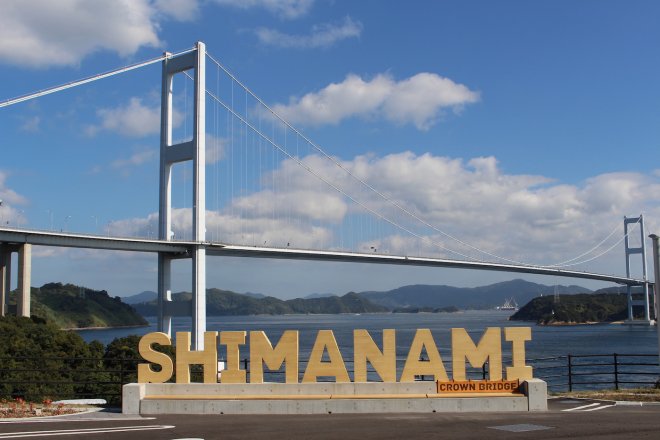
The entry point to the Shikoku side on the Kurushima Kaikyo Bridge
– What’s your advice to experienced cyclists for enjoying the Shimanami Kaido?
Michael: When traveling across it, I recommend starting from Hiroshima Prefecture and finishing at Ehime Prefecture. If you take that route, you’ll reach the finish line at the end by crossing the entire 4 km of the Kurushima Kaikyo Bridge, which really gives you a sense of achievement.
If you’re an experienced cyclist, then I’d say you should cycle up Mt. Kiro just before crossing the Kurushima Kaikyo Bridge. The average incline is around 8% and tough uphill climbs continue for a while, so it’s not easy, but at the top a great view is waiting for you at the observatory that makes the hardship worthwhile.
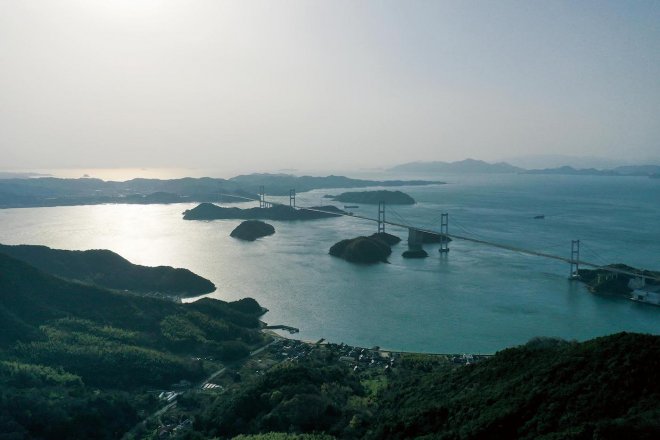
The view from the observatory on Mt. Kiro
It’s not just the sea! The allure of Ehime is being able to choose from different cycling roads
– You’ve cycled a variety of roads in Japan and the world, but even so you find the landscape of the Shimanami Kaido particularly extraordinary, don’t you?
Michael: That’s right. Ehime Prefecture has lots of mystical roads not only along the sea, but also in the mountains.
For example, National Rt. 317 runs to Matsuyama City along the southwest side from the Shimanami Kaido finish line of Imabari City. You can enjoy forest bathing while riding through a road enveloped by thick forest.

A forest road that runs through Mt. Inoko spreading to the east side of National Rt. 317 (photo courtesy of Michael Rice)
Michael: In addition, there is the UFO Line (Chodo Kamegamori Line) traversing the ridge of Kamegamori, a mountain that lies on the prefectural border between the south side of Ehime Prefecture and Kochi Prefecture. It has an expansive view and gives a different but wonderful thrill. You travel the mountain ridge 1,300–1,700 m above sea level, so you can see far off into the distance, including Mt. Ishizuchi (1,982 m), the highest peak in western Japan. The road is also relatively straight, so you can cycle really fast which is so exhilarating.
The southeast area of Ehime Prefecture, including Mt. Kamegamori, is part of the Shikoku mountain range that runs east-west through all of Shikoku. When you go further southwest from the UFO Line, a highland called the Shikoku Karst unfolds that also makes for exciting cycling. Rocks formed from limestone that are visible here and there create a mystical landscape, and you’ll feel as if you’ve slipped into another world.
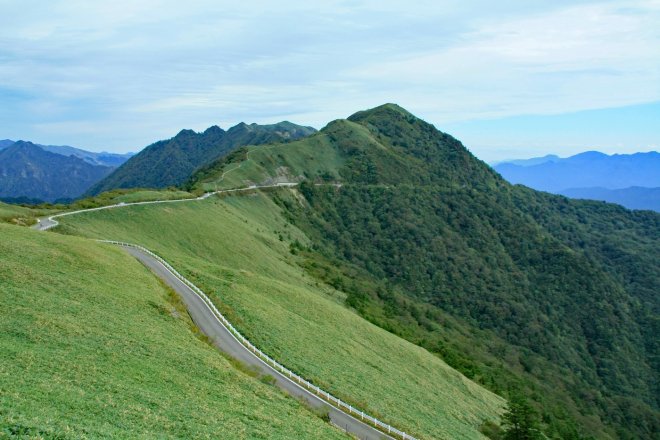
The UFO Line (Chodo Kamegamori Line)
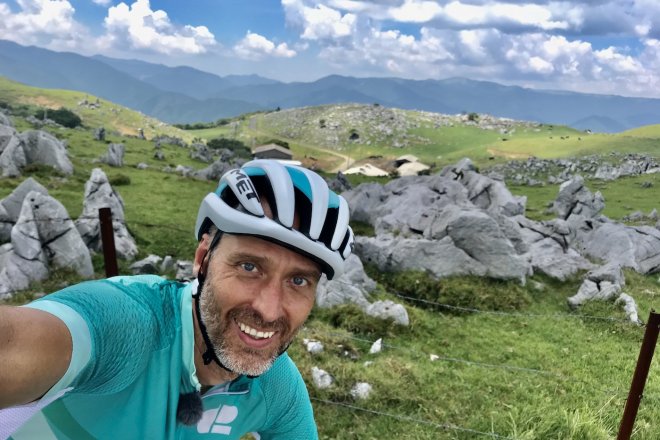
The Shikoku Karst (photo courtesy of Michael Rice)
– Compared to the seaside, the world still hasn’t discovered the allure of the mountainside, but if you’ve made the trip to Ehime Prefecture you should definitely see it, right?
Michael: Yes. As I said earlier, Shikoku is a land of pilgrimage, and you’ll encounter many shrines and temples just traveling on ordinary roads. For the Japanese that may be an ordinary spectacle, but as a foreigner, I think that’s interesting. I’m sure that travelers from overseas will also find it enjoyable.
– Michael, you ride MTB as well as road bikes, right? Is there a route you’d like to recommend to off-road cyclists?
Michael: When I participated in an MTB race organized by the Japan Cycling Federation (JCF), I cycled several times in Yawatahama Civic Sports Park. Every year, a race authorized by the Union Cycliste Internationale (UCI) is held at that park that is free to the general public. Riding downhill on steep, zigzag slopes in the forest is a level requiring advanced techniques for cyclists skilled at handling, but for me it was really fun.

Yawatahama Civic Sports Park
Michael: Since I visited Yawatahama for the race, I wasn’t able to cycle in the area because I wanted to conserve my energy, but actually there was one road that I very much wanted to cycle.
The west side of Yawatahama faces the sea, and stretching straight out nearby is the Sadamisaki Peninsula, called the narrowest peninsula in Japan. The Toriikikitsu Line is a road running from the base to the tip of that peninsula. The twisty road looks out over the sea, and I knew just by looking at the starting point that it was a cyclist’s dream! If you visit nearby, I definitely recommend you cycle that road.
Advice for enjoying a cycling trip in Japan
– Michael, you’ve traveled by bicycle throughout Japan. Do you have any advice for people setting off to cycle Ehime Prefecture?
Michael: What I notice when I see cyclists who are traveling is that they’re carrying too much luggage. The roads of Japan have steep hilly patches, so you want to keep luggage to the minimum. In my case, I only use a sleeping bag without a tent when I camp outside. Also, Japanese lodging facilities usually lend you a yukata (a casual summer kimono) for free, so you can sleep in it. That means you can get by with just cycling clothes.
My advice is to cut down luggage by 75%. When I go out on a 2 or 3 week trip, I carry a single backpack. If it’s 4 or 5 days, I travel with just a fanny pack waist pouch.
– Finally, please share what you’d like to tell foreign cyclists about the attraction of cycling in Ehime Prefecture.
Michael: I think the biggest attraction is that you can travel Ehime Prefecture feeling secure. About 30 years ago when I first came to Japan, I didn’t understand Japanese and there were no smartphones or GPS, but I had fun cycling. There are almost no worries about theft in Japan. I hope you enjoy different kinds of cycling trips along the sea and mountains in an environment that is great for cycling.
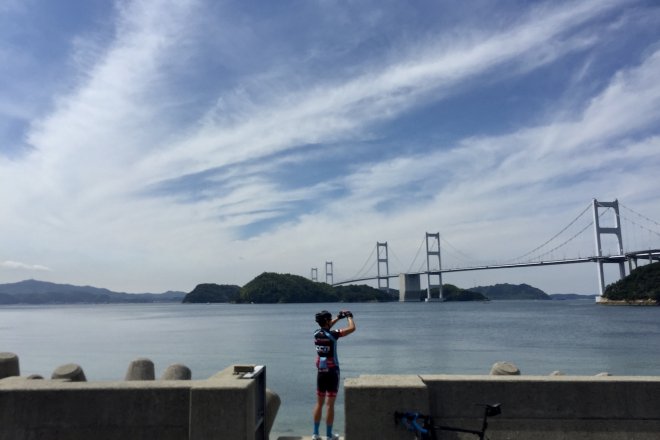
PROFILE
Michael Rice
Michael is a professional cyclist born in America who has spent most of his life in Japan cycling over 300,000km. After he first came to Japan in 1991 on a university exchange program, he cycled around the entire country, fell in love with the Japanese cycling environment and decided to move to Tokyo. He began competitive cycling later and started participating in races from 1998 including 7 world championships in cycling related disciplines such as Olympic Mountain Biking and IRONMAN Triathlon. Michael is also busy as an actor and television personality in many programs including appearing as a host for the NHK World Japan cycling travel show, “Cycle Around Japan.”
Articles you might like
We use cookies on this site to enhance your user experience. If you continue to browse, you accept the use of cookies on our site. See our cookies policy for more information.





